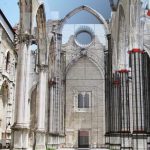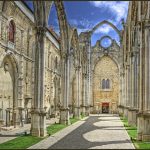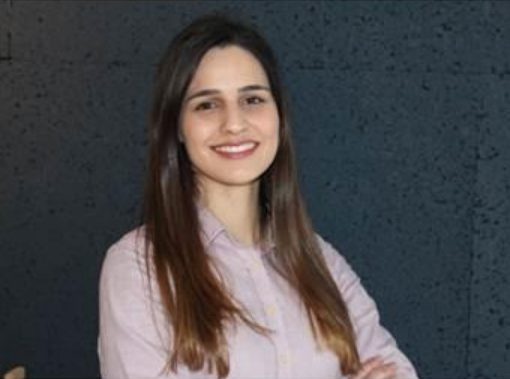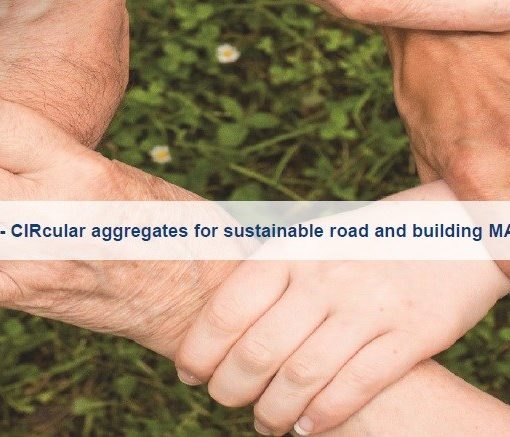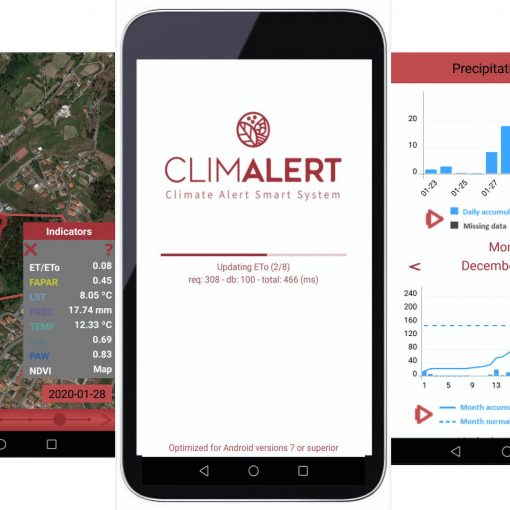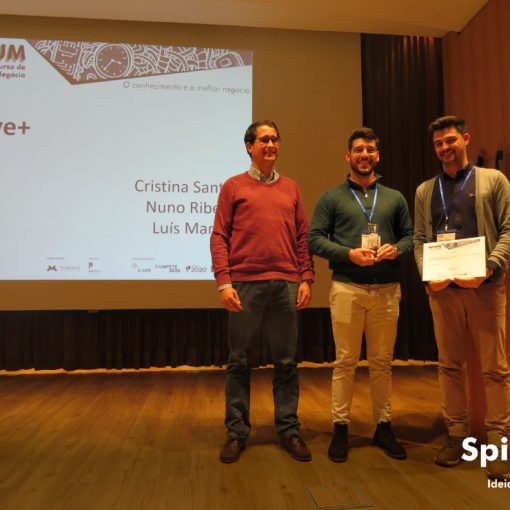What was the church of the Carmo Convent, in Lisbon, like before the 1755 earthquake? A European team led by the School of Engineering University of Minho presented, on the 18th december, a mobile app and a book that allow us to see the invisible. For example, they “rebuild” the temple, show the interior of the columns and simulate the effects of an eventual earthquake. The objective is to serve the public, support technicians in this area and replicate innovation in monuments around the world.
The scientific project Heritage Within, joined in the last two years the School of Engineering of UMinho, the Higher Council for Scientific Research of Spain (CSIC), the Polytechnic University of Madrid and the National Research Council of Italy, and is funded by the EU’s Creative Europe Program.
“The citizen will see beyond the surface, knowing how each column was built and what its composition is, as they will be able to notice deteriorated parts, cracks to be treated, the load distribution or the type of material of the core of the columns,” says the coordinating researcher, Javier Ortega. The app, called Carmo integrated analysis, also allows you to see on site and remotely a hypothesis of how the original church looked like. The book Heritage Within has 120 pages and will soon be available in pdf format.
For historical buildings around the world
“The ruins of the Carmo Convent are the pilot study for the project, but the idea is that the format will be applicable for ruins and historic buildings around the world. Furthermore, the platform developed for the Carmo Archaeological Museum is an open platform. New content may be added in the future and eventually it may also serve as a management tool for the building, becoming a digital twin of the monument,” reveals Javier Ortega. “We have an innovative approach that allows the built cultural heritage to be enjoyed and valued, showing with new technologies what is invisible and completing the monument,” highlights Javier Ortega.
“The project also allows society to better understand the culture, the work of the experts, and the importance of the technologies involved.” The civil engineer and architect adds that this type of platform is useful for other technicians, as it can help in the interpretation of results and diagnosis.
Javier Ortega did, at UMinho, the European Master in Structural Analysis of Monuments and Historical Construction, the PhD and post-doctorate in Civil Engineering and did research at the Institute for Sustainability and Innovation in Structural Engineering. He is currently Marie Sklodowska-Curie fellow at the Institute of Physical and Information Technologies “Leonardo Torres Quevedo” at CSIC. He has also worked with the Polytechnic University of Madrid (Spain), the University of Padua Studies (Italy) and the University of Art of Glasgow (UK). He has worked in several countries, such as the Imam Khomeini mosque (Iran), the Brooklyn Bridge (USA) and the Beira train station (Mozambique). He cofounded the European association FENEC and is a member of the International Council on Monuments and Sites, affiliated to UNESCO.

